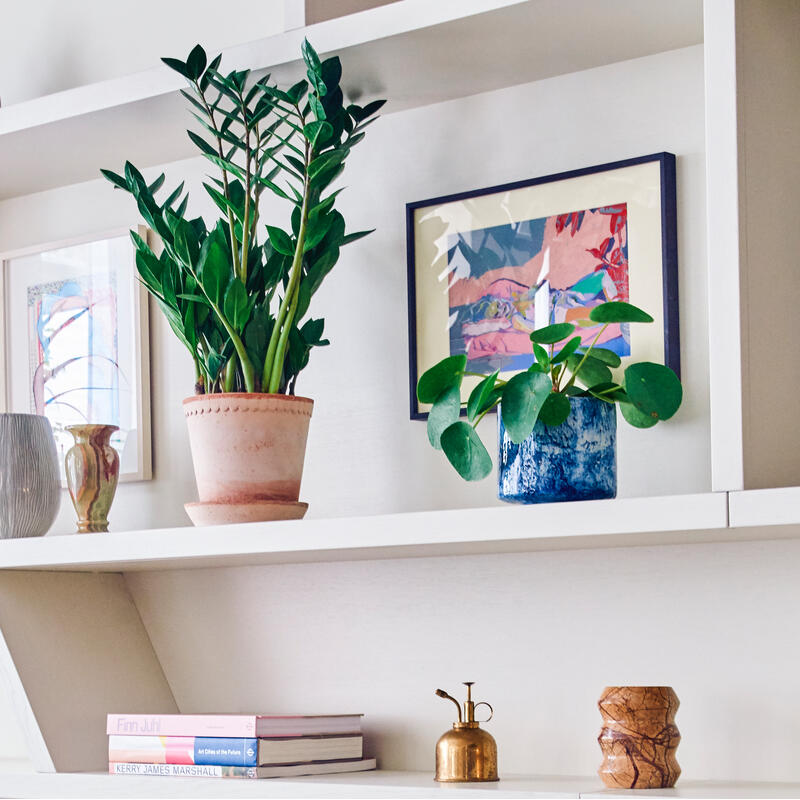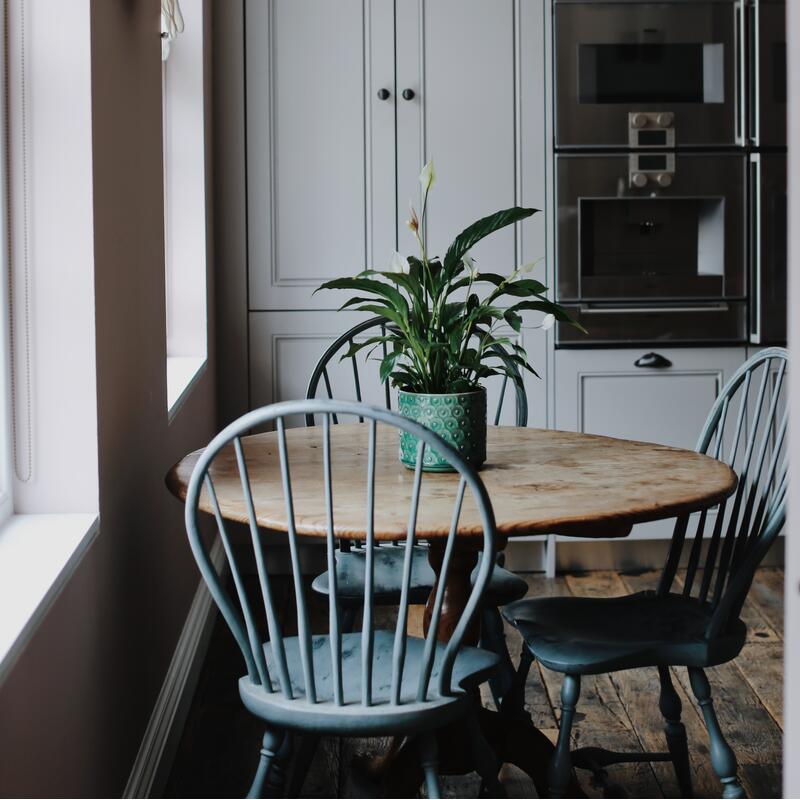Introducing plants is an easy way to breathe new life into your home - adding colour and interest, while also helping to absorb toxins in the air. If you've never managed to keep one alive, though, you may have some questions: which plants are best for beginners? How often should you water them? And how much light do they need? To help you get started, Leaf Envy founder Beth Chapman shares some key tips on keeping your plants healthy throughout the year.

The best plants for beginners
If you're looking for a plant that can withstand a few skipped waterings and lower light conditions, Chapman recommends something like a ZZ plant or a Chinese Money plant. These are 'easy growers' and Chinese Money plants can even survive under artificial light conditions, she says. If you'd prefer a fast-growing option that's more hands-on, try a Monstera or Kentia palm.


Finding the light source
'Light is the most important factor when deciding where to place your plant in your home,' says Chapman. If your plant is getting too much direct sunlight, you'll notice 'scorched leaves with brown tips,' she says. Plants that are getting insufficient light will show symptoms like yellowing of new and existing foliage.


Getting the moisture balance right
'Overwatering is the biggest killer of houseplants,' says Chapman. Common signs include yellow or browning, limp leaves; a mushy or unstable plant stem (particularly near the base); and brown spots on leaves, encircled by a yellow halo. To check whether it's time to water your plants, Chapman recommends what she calls the 'finger test': put your finger into the soil, about two inches. If it's dry, give it some water. If it's moist, wait a few days and try again.

Seasonal considerations
The change of the seasons calls for changes to the way you care for your plant. In the summer, you may want to move your plants away from bright windows to avoid scorching the leaves. And in winter, you should make sure that your plants are safe from both cold drafts and the dry heat of radiators. The colder months also call for less water. 'As a general rule of thumb, the more light your plant absorbs, the greater the growth and the more water is needed,' says Chapman.


When it’s time to repot
Typically, plants will outgrow their pots every one to two years. And while it's not essential to wait until spring to repot them, this time of year is a good option, as it's 'when your plant comes out of its dormant stage and exhibits new life,' says Chapman.
Tips for pruning
Pruning is essential for year-round health. 'Removing dead or damaged leaves, stems or flowering buds from your plants can really help them to use their energy for regeneration and growth,' explains Chapman. 'Brown tips on the leaves may be perfectly natural in some species, but this may also be a sign of over-exposure to the sun. In this case, the brown tips can be trimmed off. If the whole leaf turns brown, then it will need to be trimmed at the base of the stem,' she says.

